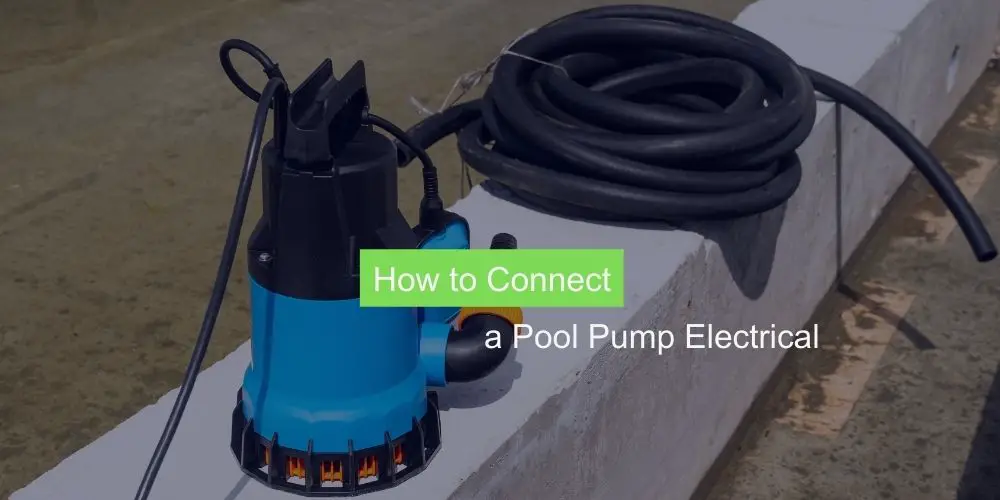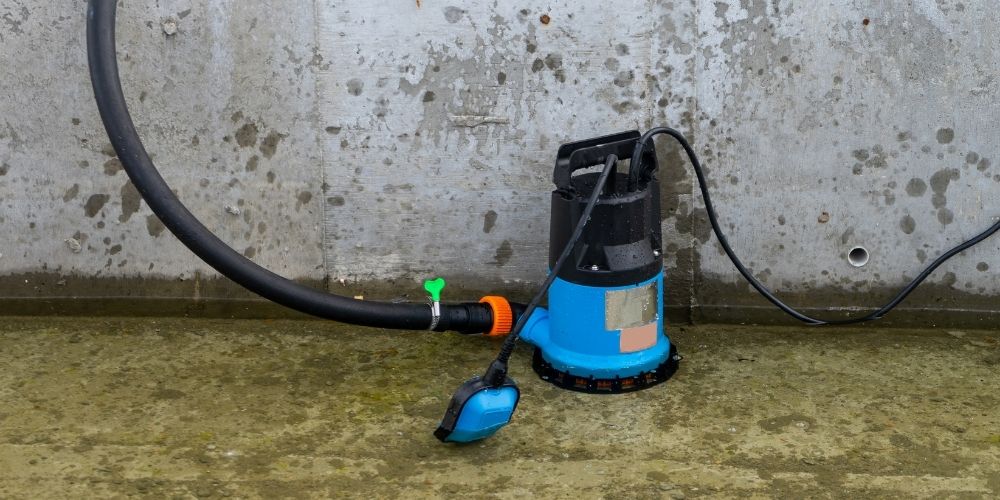
Are you a pool owner or planning to install one? Proper electrical connections for your pool pump are crucial for functionality and safety. In this blog post, we will explore the importance of proper electrical connections for a pool pump. Without these connections, your pool pump won’t function properly and could even be a safety hazard. Whether you’re a DIY enthusiast or a beginner, understanding how to connect a pool pump electrically is crucial. By the end of this post, you’ll have the knowledge to ensure a clean and safe swimming experience. Let’s dive in!
How to Connect a Pool Pump Electrical
The pool pump’s electrical system consists of key components: the motor, control panel, and wiring. Power requirements are measured in horsepower (HP), while voltage specifications range from 110-120V to 220-240V for residential pumps. Two main motor types exist: single-speed and variable-speed, each with specific electrical requirements. Understanding these basics ensures a safe and efficient pool pump connection.
Step-by-Step Guide for Connecting a Pool Pump Electrical

To simplify the process of connecting your pool pump electrically, we’ll break it down into easy-to-follow steps. Here’s how you can do it:
Step 1. Determine Voltage Compatibility:
- Most pool pump motors can be wired for either 110V or 220V.
- Check the manufacturer’s instructions to confirm the voltage compatibility of your motor.
Step 2. Adjust Voltage Settings:
- Locate the voltage dial on the motor. It is usually found near the wiring terminals.
- Use pliers to gently turn the dial to the desired voltage setting.
- Set it to 115V for a 110V hookup or 230V for a 220V hookup.
Step 3. Identify Wiring Connections:
- Remove the back plate of the motor to access the wiring terminals.
- Look for the labeled terminals: Load 1, Load 2, and Ground.
Step 4. Wiring for 110V:
- Connect the black wire (hot) to Load 1.
- Connect the white wire (neutral) to Load 2.
- Connect the green wire (ground) to the Ground terminal.
- Ensure that all connections are secure and properly tightened.
Step 5. Wiring for 220V:
- Connect one hot wire (e.g., black or red) to Load 1.
- Connect the other hot wire (e.g., black or red) to Load 2.
- Connect the green wire (ground) to the Ground terminal.
- Ensure that all connections are secure and properly tightened.
Step 6. Verify Wiring and Grounding:
- Double-check that the wiring connections are correct and secure.
- Confirm that the ground wire is properly connected to the Ground terminal.
Step 7. Power Off and Safety:
- Before working on the motor, ensure the power is turned off at the breaker.
- Always prioritize safety by wearing protective gear like goggles and gloves.
Step 8. Consult the Motor Label or Use a Voltmeter:
- If you’re unsure of the motor’s voltage requirements, refer to the label on the motor or use a voltmeter to measure the voltage between the wires.
Remember, it’s crucial to follow the manufacturer’s instructions and consult a professional electrician if you’re uncertain about any step in the process. By adhering to these steps and prioritizing safety, you can successfully connect your pool pump electrically and enjoy a properly functioning pool.
FAQ: Wiring Your Pool Pump
Should I wire my pool pump 110 or 220?
It’s crucial to connect your pool pump to the correct power supply. Wiring the wrong voltage can cause severe damage. If your pump requires a 220V supply, using a 110V connection will result in poor performance or no operation. Conversely, applying a 220V supply to a pump designed for 110V can irreparably harm the unit. Always check the manufacturer’s specifications and ensure you have the proper power supply.
What is the correct wire for a pool pump?
According to the National Electrical Code (NEC), the minimum wire gauge for pool pumps is #12 AWG. However, the wire gauge required for your specific pump depends on factors such as motor horsepower, voltage, and distance from the fuse board. Generally, pool pumps may require #6 AWG to #12 AWG wire.
Does a pool pump need its own breaker?
Due to the significant power consumption of pool pumps, you may need to upgrade the circuit breaker. Residential homes typically have service panels ranging from 200-amp to 400-amp capacity. Installing a dedicated breaker for your pool pump ensures its power demands are properly managed and prevents overloading other circuits in your home.
What do you plug a pool pump into?
To safely operate a pool pump, it’s recommended to plug it into a dedicated receptacle. This means having an outlet solely dedicated to the pump to avoid interference with other electrical devices in your home. Additionally, it’s important to connect the pump to a ground fault-protected receptacle, especially if the extension cord runs outside.
Final Thoughts
All in all, connecting your pool pump’s electrical system correctly is vital for its functionality and safety. Understanding the components, power requirements, and voltage specifications of pool pump motors is essential for a successful connection.
Using high-quality and properly rated materials is crucial to ensure safety during the process. Safety precautions, such as disconnecting power sources and wearing protective gear, must be followed diligently.
Following our step-by-step guide will help you confidently connect your pool pump electrical system and enjoy a well-operating and secure pool. Remember, when in doubt, consult a licensed electrician for assistance. Prioritizing safety will lead to a trouble-free and enjoyable pool experience.

Hi, This is Josh. I am a former competitive swimmer and current fitness enthusiast.
I created this site to share my love of swimming with the world!

